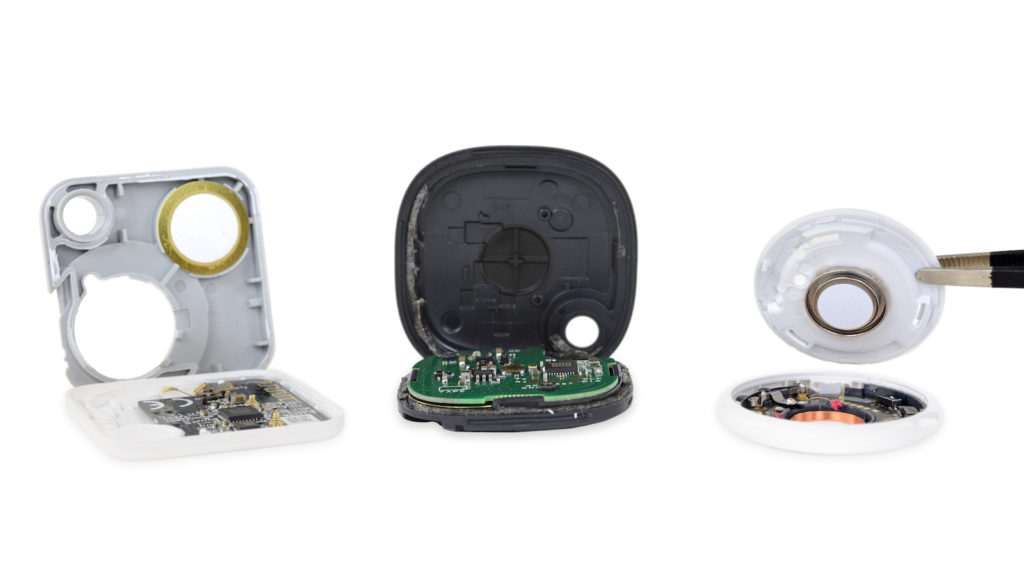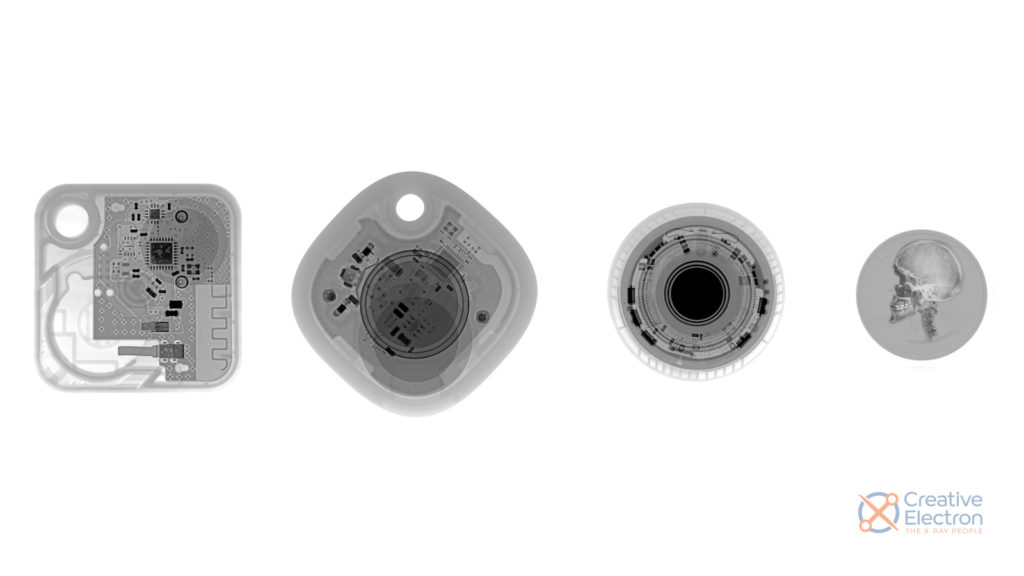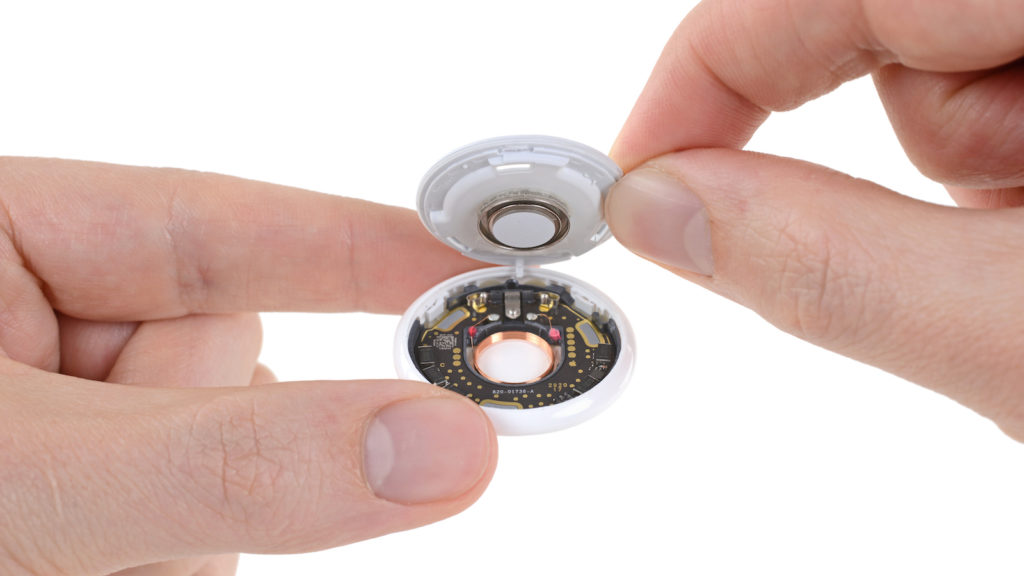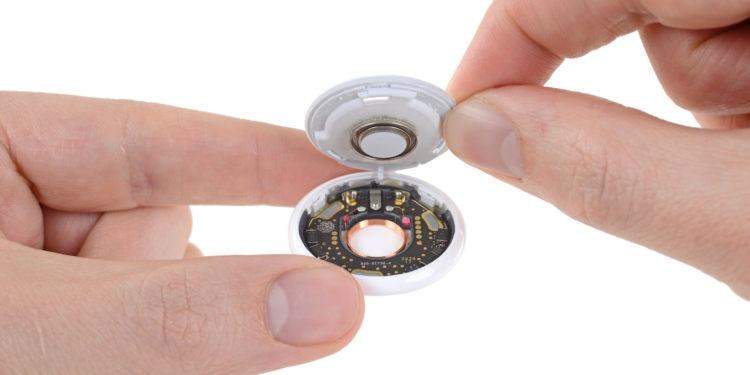The AirTags have been officially available since Friday, April 30th. Now iFixit has published the first part of its two-part series on the AirTag teardown.
iFixit has During the teardown, Apple's AirTags were compared to the Tile Mate and Samsung Galaxy SmartTag. It quickly became clear that the AirTags have an "impressively compact" design. Compared to the competition, AirTags are the smallest, with most of the space inside being used to house the battery itself. Another notable design difference is the lack of an integrated keychain hole on AirTags, which iFixit attributes to Apple's history of "turning essential functions into premium accessories."

AirTags: Apple has worked more space-efficiently
An X-ray of the three devices also reveals that Apple has indeed been careful to save space. On the other hand, the Tile Mate and Galaxy SmartTag appear to be "bursting" with internal space and despite their larger footprint, neither tracker includes ultra-wideband technology like AirTags. The Tile Mate, Galaxy SmartTag and AirTags all have removable coin cell batteries.

AirTags and the Galaxy SmartTag use the .66Wh CR2032 battery while the Tile Mate uses the smaller .39Wh CR1632 battery.
All three trackers can be opened with a little force - no other tools are required! However, the AirTag is by far the most difficult, especially if you've had a snack beforehand and have greasy fingers. Imagine being able to open a stubborn pickle jar with just two slippery thumbs and you'll get the idea!
Interestingly, a vise and some plastic sticks are all you need to fully open the AirTag, according to repair pros. AirTag has a built-in speaker that plays sounds when pinged by a paired iPhone through the Find My app during setup and other situations. However, given the small form factor, Apple had to find a new way to integrate a speaker into the tracker. For the AirTags, Apple decided to use the entire casing as a speaker driver, with the bottom of the cover acting as a magnet for the speaker.

Details about the board are to follow
Have you noticed the "button" on the bottom of the cover? It's not a clickable button like the Mate and SmartTag have, but the magnet we saw in the X-ray earlier. It sits right inside the donut-shaped logic board, which is embedded in a copper coil that forms a speaker. That's right—the AirTag's case is essentially a speaker driver. Power is sent to the voice coil, which drives the magnet attached to the diaphragm—in this case, the plastic cover that houses the battery—that creates the sounds that guide you to your lost luggage.
As we discovered earlier this week, it is possible to drill a hole through AirTags to compensate for the lack of an integrated keyring hole. This will of course void the warranty and, while possible, it is risky. As iFixit notes, "drilling in the wrong place can cause serious damage." Finally, iFixit promises to provide more details about the board in the second part of the teardown. (Image: iFixit)





